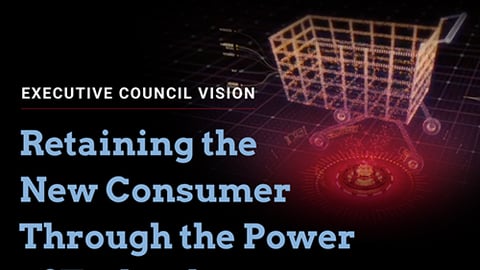As Freshly Scales Under Nestle’s Wing, Personalization Becomes Paramount
When Freshly, the Nestle-owned subscription service focused on delivery healthy prepared meals, wanted to boost its personalization efforts, the company knew it had to get a better grip on its data management.
Headquartered in New York, Freshly currently has or is building facilities in five U.S. states and ships more than 1 million meals per week to customers in 48 states. The company is in growth mode — it was acquired by Nestle USA in October 2020 in a deal valuing the company at $950 million — and has marked 2021 with announcements for new and expanded distribution facilities across the country. Former Amazon Go managing director Anna Fabrega joined Freshly in March as its first chief commercialization officer, dedicated toward leading the company’s efforts to scale.
And for good reason: As consumer hunkered down during the pandemic but still craved convenience, the meal delivery market has grown quickly. The global meal kit delivery services market size was pegged at $10.26 billion in 2020 by Grand View Research, which expects it to reach $19.92 billion by 2027. In addition to convenience, the research firm cites an increased importance millennials are placing on homemade meals as factors spurring growth.
Freshly, which was founded in 2015, first partnered with customer data platform provider Simon Data in 2018 to maximize its consumer data capabilities.
“Like many, our customer data was everywhere,” Jeremiah Zinn, Freshly chief product officer, tells CGT. “We had so many tools, and the team was often reliant on other departments to service our data needs. We didn’t want campaigns and customer experiences to be affected by the time and effort required to access the data.”
The company kicked off the partnership with two specific campaigns in mind: its welcome series and winbacks, success for both of which hinged upon being dynamic and timely.
It ran its winback campaigns through SMS, email and push notifications, with some consumers exposed to just one channel type while others were exposed to multiple. Those exposed to at least two of the three channel types had 2.6x the conversion rate of customers who were only exposed to one channel, Zinn says.
As a result of the implementation, Freshly has also recorded further benefits for both its CRM and data functions. The open environment enables Freshly to digest and manipulate data for highly personalized and engaging lifecycle marketing campaigns. It’s also helped it scale its communications ecosystem via channel integrations while managing all multichannel touchpoints in one interface.
The company has grown acquisition through retention tremendously as a result. “By curating specific journeys for select customer segments, we’ve been able to create lasting engagement and advocacy, which has strengthened our brand loyalty,” he notes.
Freshly also seized the opportunity to enhance its SMS marketing program in order to align and integrate with its email and push marketing campaigns. Under the new process, Freshly’s marketing team can push out text messages, and any replies are sent via webhooks to Zendesk, where they’re automatically assigned to a customer service representative.
This action has resulted in a more seamless consumer experience across the board, says Zinn.
“As we expand our communication touchpoints, we want to ensure our customers are empowered to manage how they want to hear from us and all of our new offerings and updates,” he adds. “We hope that a preference center with Simon can get us there.”





